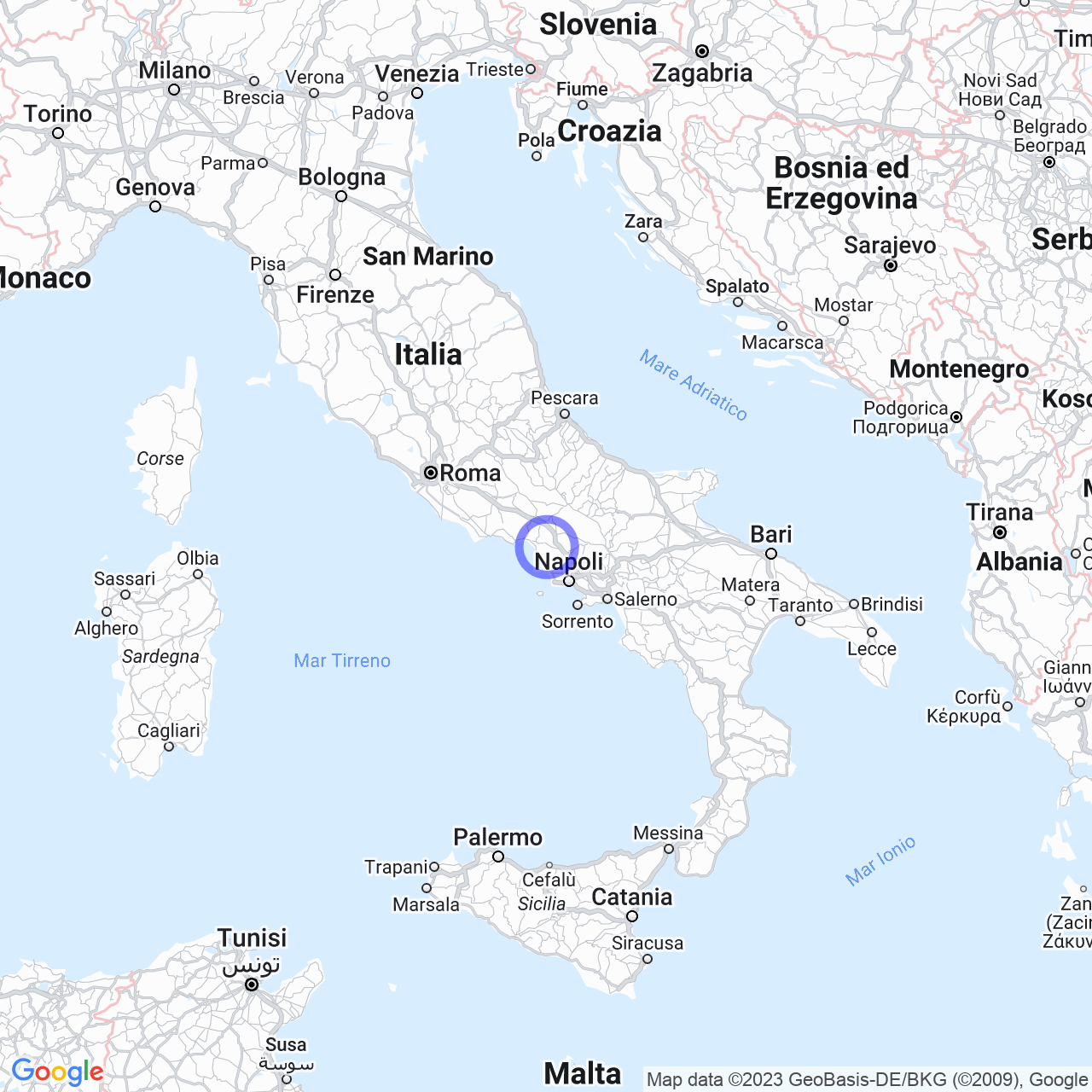Carinola
The city of Carinola
Carinola is a small town located in the Campania region, in the province of Caserta, with a population of about 7,118. The city mainly developed in the northern part of the region, in the ancient territory of ancient Campania. It is the birthplace of Ager Falernus, the fertile area that produced Falerno del Massico, one of the most beloved wines of the ancient Romans. The city is also the center for connecting the cities of Naples and Rome.
The origin of the name
The origin of Carinola's name is still uncertain and debated historically. There are two prevailing theories about the origin of the name: the first argues that the toponym derives from the Greek Kalinium, the place on which the city was founded, while the second theory derives from "Calinolum," the Roman colony of Calenum. In reality, the identical designation should be attributed to a material error in the transcription by Paolo Diacono, who would have transcribed the adjective "Calenum", referred to Ancient "Cales" (today Calvi Risorta), instead of the Lombard toponym "Calinium", referred instead to Carinola.

The territory and physical geography
The municipality of Carinola extends over an area of 59.23 km², much of which is occupied by cultivated lands and forests. The town is limited in its development, with the scattered hamlets being the most populous. Urban areas are limited to the scattered hamlets of the territory and the capital, which gives its name to the municipality. Some populous hamlets in the territory are Nocelleto, Casale, and Casanova. The urban territory of Carinola is naturally limited by Mount Massico to the west and the Savone River to the east, while the area beyond the Savone is known as the "Piana di Carinola".
The history of Carinola
The city of Carinola has an ancient history dating back to the time of the Pelasgians and Etruscans. The first foundation of the city may date back to the time of the Pelasgians, with the first attributed name being "Urbana." Later, the city was occupied by the Etruscans, as evidenced by some still-existing constructions in the territory. Subsequently, the city was also occupied by the Romans, immediately becoming a Municipium. It was under Roman rule that Caleno or Calinum grew in prosperity and fame, becoming a fortress in the center of a vast valley where numerous inhabitants could live and prosper.
Conclusions
The city of Carinola represents a historic and cultural heritage of great value to Campania and Italy. Its ancient history dates back to the time of the Pelasgians, Etruscans, and Romans. The city mainly developed in the northern part of the region, in the ancient territory of ancient Campania, and is the birthplace of Ager Falernus, which produced Falerno del Massico, one of the most beloved wines of the ancient Romans. The town represents an important center for connecting the cities of Naples and Rome and has a territory that extends over 59.23 km², much of which is occupied by cultivated lands and forests. Urban areas are limited to the scattered hamlets of the territory and the capital that gives the municipality its name. The city borders to the north with Sessa Aurunca, to the northeast with Teano, to the southeast with Francolise, to the west with Falciano del Massico, and to the south with a few kilometers of Mondragone, Cancello ed Arnone, and Grazzanise.
